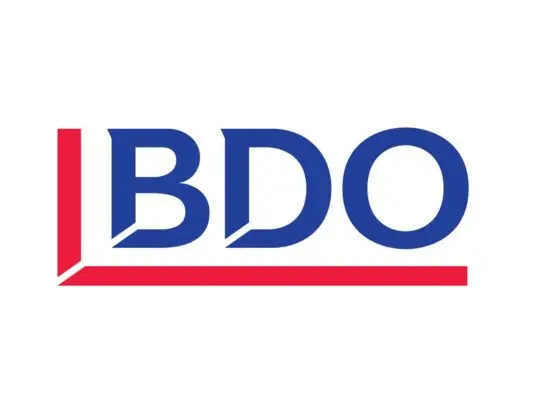As we start to get a better understanding of the new ‘Business as usual’ operating landscape and the initial urgency around business disruption dissipates, at BDO our focus has now shifted to ensure local business have the ongoing support and strategies in place for the medium to long term time periods. By building resilience and taking full advantage of the options available to them, businesses now have the opportunity to finesse, pivot and diversify to best position themselves for the future.
One of the strategies we are encouraging businesses to adopt is to ensure that they are across the tax changes implemented during the initial Covid-19 lockdown. These changes can affect how much provisional tax you should pay, as well as how different costs might be treated in your reporting to the IRD.
Paying provisional tax based on standard uplift may not be the most cost effective option for you moving forward. Below I will look to provide an overview of the key tax changes that all SME owners need to ensure that they are across so that they are prepared for any future opportunities.
Claiming depreciation on buildings
One tax support measure following covid, is the reintroduction of tax depreciation on (non-residential) commercial and industrial buildings and the allowance for tax depreciation on newly acquired buildings and capital improvements made to existing buildings from the 2020/21 tax year. The tax depreciation rate will be 1.5% straight line or 2% diminishing value.
For entities that had previously been claiming depreciation on their non-residential buildings, this change will see reduced taxable income levels following from recommencing a claim for depreciation from the beginning of the 2021 tax year. You may want to consider the impact of this claim when you are considering the amounts you need to pay for provisional tax.
For entities accounting for deferred tax, this reintroduction of a claim for depreciation will also result in a significant change to the deferred tax balances in the 2020 year results.
Increased minor asset write-off thresholds
In March, the government also lifted the threshold for writing off the purchase cost of minor assets. Previously set at $500, SMEs can now claim in full at the time of purchase for assets with a cost of up to $5,000 in the year they were purchased. This threshold increase is only temporary, and expires on 17 March 2021. However, the threshold will only drop to $1,000, remaining double what it had been in 2019.
Loss carry back provisions
The Government’s new “carry back” rule has been implemented to help SMEs recover some past tax losses and put that recovered cash flow toward future recovery efforts. This rule is more complicated than the previous two, and you should consult with your tax accountant to help calculate how this change may be applied in your business.
Tax losses in 2020 and 2021 can be offset against profits earned the previous year (2020 and 2019, respectively). These losses can be based upon a filed tax return or by provisional tax estimates. Estimates need to be based upon extensive analysis and reasonable forecasts and SME’s may be charged interest if payments are underestimated.
Research & development claims & refunds
R&D is often among the first functions to be discontinued or scaled back when cash flow is limited. To keep the New Zealand economy at the forefront of global innovation, the Government has brought forward the refund date for the R&D tax credit by one year. Businesses with research and development departments can claim up to 15% of their eligible annual R&D spend, up to $120 million.
The R&D tax incentive was passed last year but some of the broader refundability rules weren’t set to go into effect until the 2020-21 income year. These are the rules the government has moved forward. If your SME has R&D costs speak to your business advisor about whether your projects meet the eligibility criteria for a refund.
Recovery is about seizing opportunities
Businesses can’t leave money on the table when funds are tight. Thanks to these changes, there is now a range of tax benefits available to help small to medium-sized businesses move into the 2021 year as positively as possible. Given that payment dates for tax are often staggered throughout the year, it is important that you take stock of the changes that were implemented and consider how these may influence your tax responsibilities.



